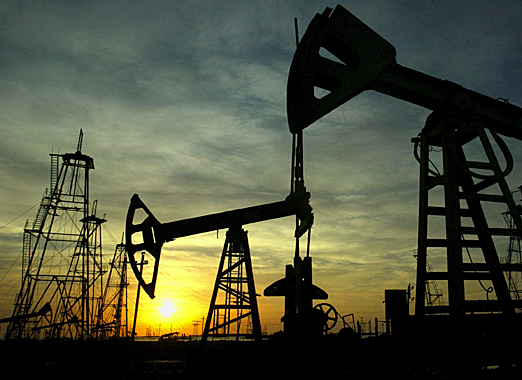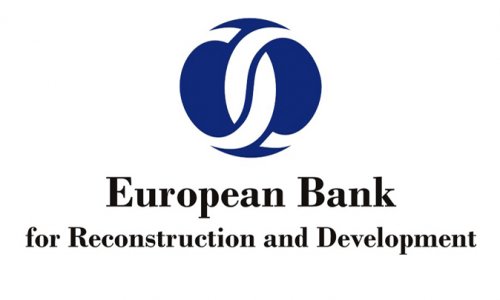(Economist Intelligence Unit) -- The current-account surplus fell to US$1.36bn in the fourth quarter of 2014, resulting in a full-year surplus of US$10.4bn, equivalent to 13.9% of GDP.
The fall in the current-account surplus was in line with expectations and reflected the rapid drop in oil prices in the second half of 2014. The price of Brent crude fell from an average of US$111.9/barrel in June last year to just US$62.3/b in December. With crude oil accounting for over 90% of exports, the value of total goods exports declined by US$2bn (over 25%).
Despite the slowing economy, imports rose quarter on quarter, to US$2.6bn, the highest quarterly figure in two years. It is likely that this was because of a strengthening of the real effective exchange rate, as the Central Bank of Azerbaijan (CBA) maintained the manat peg to the dollar while the currencies of many of
Azerbaijan's main trading partners depreciated rapidly. The decline in the trade surplus was partly offset by a fall in outflows on the primary income account, as foreign companies in the energy sector have started to record lower profits.
We continue to expect the current-account surplus to fall in annual terms, as oil prices are forecast to average US$58/b in 2015, compared with just under US$100/b in 2014. We forecast that the value of merchandise exports will fall by 35% this year.
Risks are oriented to the downside, as we have assumed that oil output will be sustained at its current level, gas production will continue to expand and non-hydrocarbon exports will grow strongly from a low base.
The fall in export revenue will be partly offset by a sharp drop in merchandise imports, which we expect to decline by more than 20% year on year, owing to weak household demand and the devaluation of the manat, which will push up import costs significantly, encouraging expenditure switching. We also expect primary income outflows to continue to decline in year-on-year terms. Reports from BP, the operator of the giant Azeri-Chirag-Guneshli field (which accounts for around 80% of oil
output), indicate that the cost of maintaining output at the current level is continuing to rise.
www.ann.az
Follow us !











